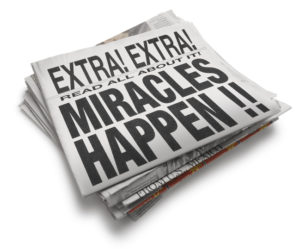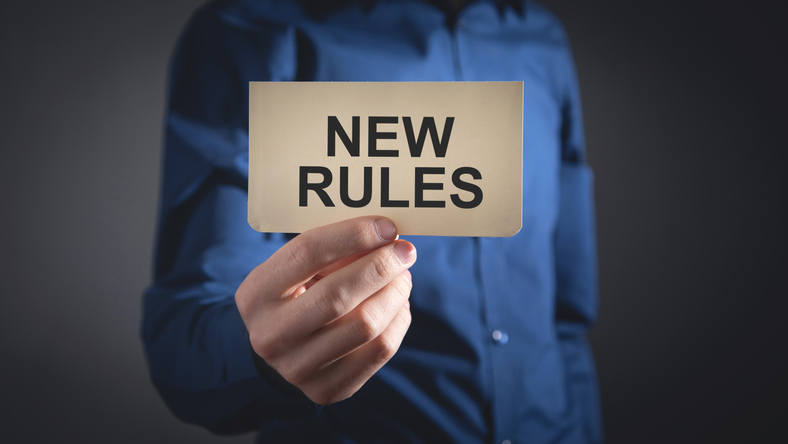I keep hearing the politicians and the scientific community insist that we should follow the science. The implication is that we doubt the claims of climate alarmists and therefore are somehow dullards.
Well, the simple fact is that we know that a lot has changed over time that must also be taken into consideration besides the “fact” that average temperatures are warming. For instance, most of these measurements are at airports which have moved from grassy fields to concrete jungles of runways and warehouses. Another fact is that our air pollution is lower today than it was decades ago so the sunlight gets to the earth’s surface more today than then.
Another fact is that the combination of satellites and mathematical modeling has enabled us to “know” the severity of storms in far greater detail than in the past. So, if decades ago a storm intensified and then moved back down before landfall we probably wouldn’t have known.
The graphic from the recent storms shown here is a perfect illustration of facts we know now that were not known decades ago. That’s great news but invalidates any comparison of storm intensities between today and decades ago. Perhaps you studied the detailed predictions for this last sto rm and noticed that it indeed peaked to a Cat 4 but came ashore at much reduced strength … still a serious storm, but nowhere near a Cat 4. However, the news media wouldn’t let go of that Cat 4 strength.
rm and noticed that it indeed peaked to a Cat 4 but came ashore at much reduced strength … still a serious storm, but nowhere near a Cat 4. However, the news media wouldn’t let go of that Cat 4 strength.
I do have one funny illustration from my days back in graduate school as I was studying wind waves to determine the incidence of “rogue waves” from extensive navy data. Believe it or not, navy ships serving in the notoriously violent waters around Cape Horn kept detailed records of wave heights and they were pretty scary with heights over 10 story buildings reported.
So, I manually entered over 1,000 detailed measurements and then did statistical modeling to see how they behaved. And much to my surprise there was a definite bias in the reported heights as the wave heights moved beyond about 80 feet. This meant that something was moving measurements over 80 feet to be “exaggerated” in some way. Yes, you can prove bias in data like this.
So, I then researched how these measurements were actually taken and realized that no one was going to want to be out on the forward deck taking careful measurements when a wave of that height was about to wash you off the deck, so it was clear to me that the observers just noted something large and ran for cover. After all, wouldn’t you? Nobody was going to be the wiser.
Except me … a curious analyst who just wanted to know how wave heights truly behaved statistically so we could factor in rogue waves into hull design.



